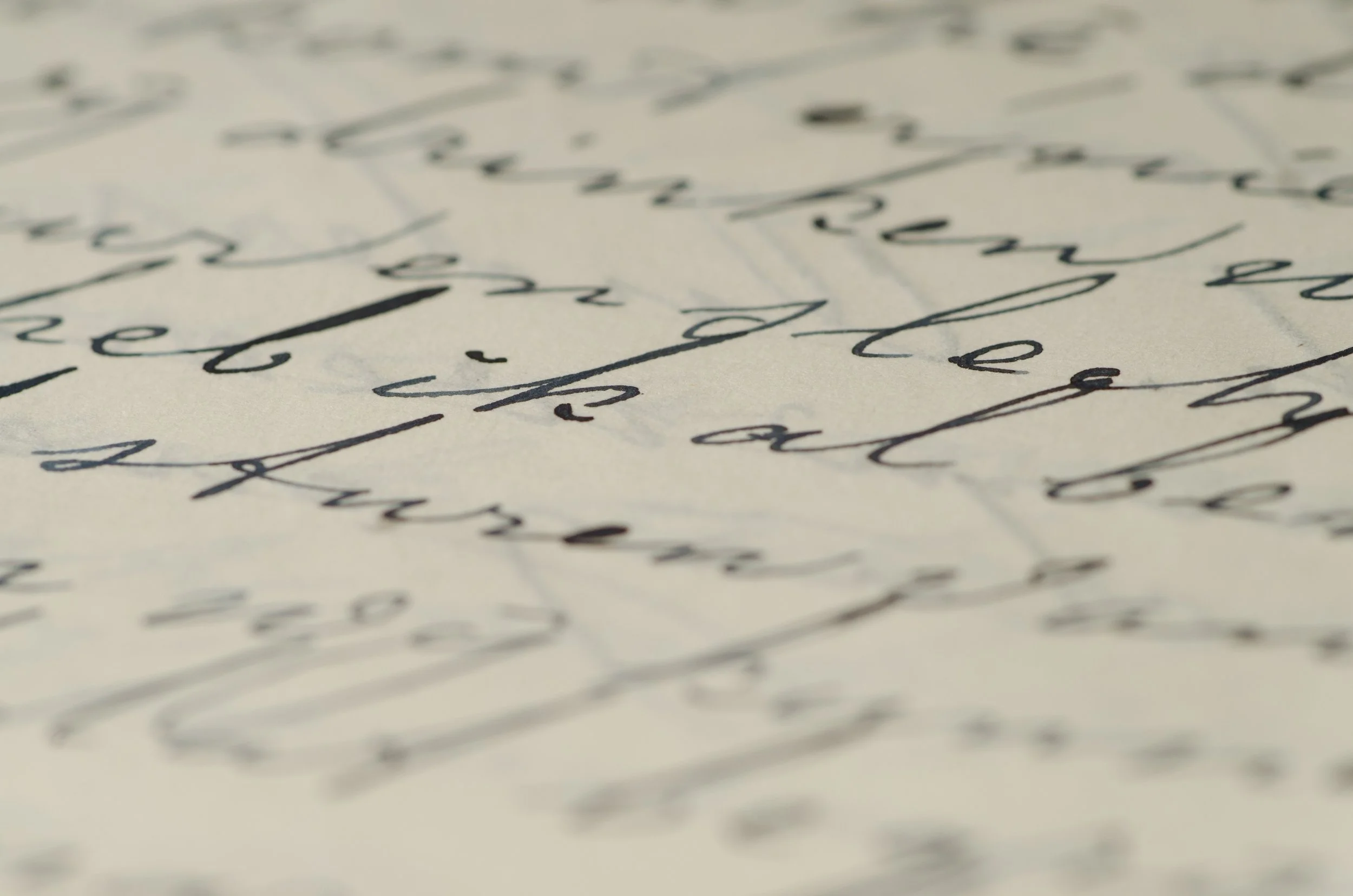Shadows in early morning
sun shining through leafed out trees
and those jostling branches painting
their moving self-portrait
on an interior wall
through a light shadow lens.
Delightful whimsy. That moment where nature and science unexpectedly charm.
***
We’ve sunken into the deep freeze. I woke up this morning to cool air in the bedroom, despite the fact that I had closed all the windows before I went to bed last night. This morning the temperature outside is 9 degrees F. The wind chill is minus 9 degrees F. Upstairs, the water pipes running through the baseboard radiators have frozen, so our bathrooms and bedrooms have no heat. The residual heat is at 66 degrees. We’ll put electric heaters in each room so we can sleep up there until the ice in the pipes melts, probably in four to seven days—after the temperature hovers above freezing for a few days.
Somewhere in the remodel construction of 2012, a pipe in a wall was left ass bare of insulation, so if we have enough below freezing days in a row, we lose all heat upstairs. We have had contractors and plumbers come out and scratch their heads at this situation. Our normal plumber said that he thinks the problem is in the addition as newer pops are resilient to bursting. I hope that is still the case this winter.
Last week, I bumped up the heating to 72 when the outdoor temperature dipped to the 20s. I was hoping if the water moved around faster the pipes wouldn’t freeze. With the hot water racing, the rooms were scorching hot. Except Liam’s. In the same remodel his radiators seem to have been left out of the loop. His main heat source is an electric radiator. Will slept with his window cracked open as did Bill and me.
That same morning, I lifted the shade in the upstairs hallway and opened that window as well. I never let light in this window as people coming down the hill in front of our house can see right inside to the painting on the wall twenty feet from the window. But this piece is about whimsy…
All day, the blinds on the narrow window in that upstairs hallway were up as high as they could go. Around 4:30 I walked out of my bedroom and was stunned by the sight of my giant sea glass jar sitting on the hall table—and the light shadows cast onto the wall behind it. I snapped pictures with my phone even though I know it’s hard to capture whimsy in a frozen moment.
Maybe this is why I prefer early and late sun. It shies horizontally, peeking through windows and creating art via objects through which it travels. This whimsy makes my eyes and heart fill up to giddiness. A rush perhaps akin to… honestly, I don’t know who gets this feeling from what moments in their lives.
I called Liam up to see it and to take pictures. For ten minutes we watched the sun dip through the window’s horizon, changing the light art second by second.
At minute 9 of the show, Will came out of the bathroom off the hallway where he had been taking a shower. Will joined us in the light gawking, and seconds after he opened the door the scene changed. The square of solid light framed by the window began to move. The edges bounced and the boxed light shimmered with movement. Heat. Wet heat from the bathroom poured invisibly into the scene and was lit and recognized by the stream of light.
Not all shadows are dark; some are filled with glorious, refracted, motion-filled light.
(Take a look at The Refracted Shell Jar over ten minutes in my Whimsy Photo Gallery.)

